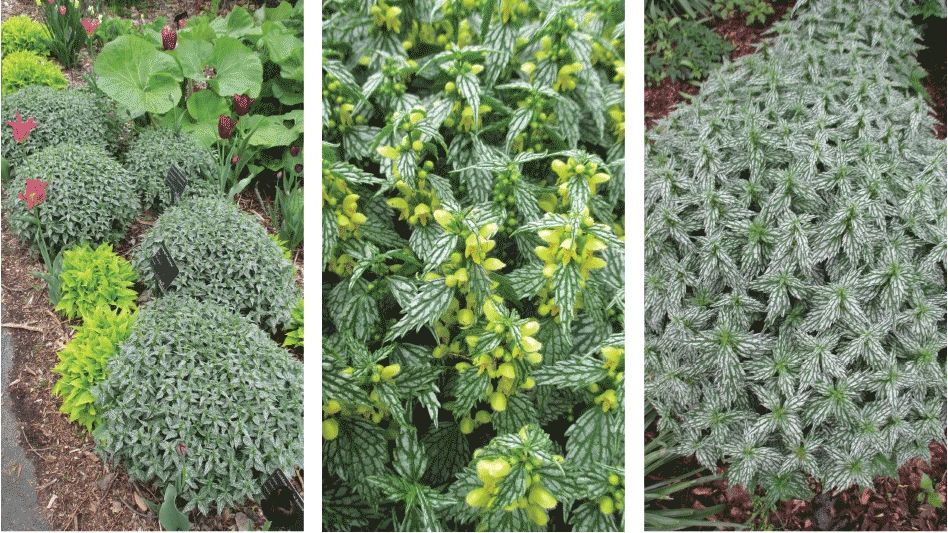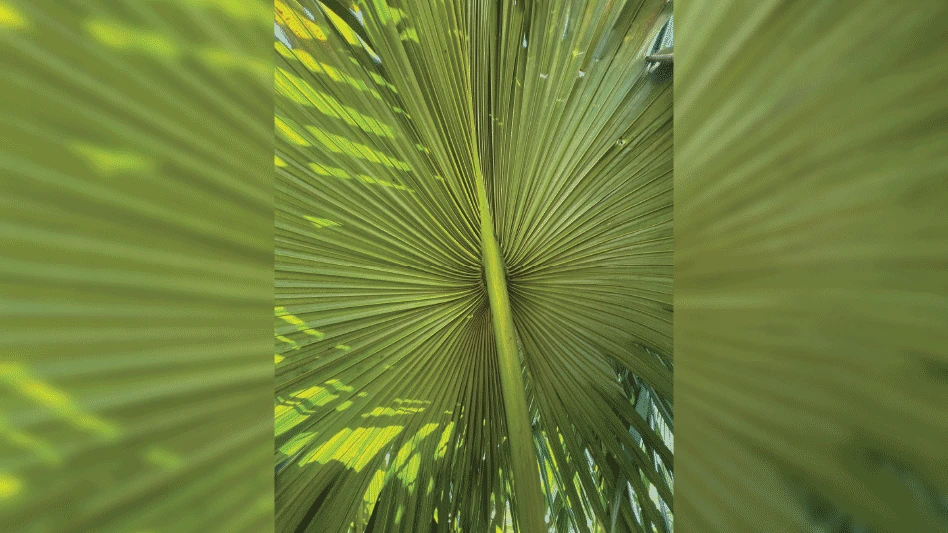Black huckleberry is a deciduous colonial shrub with clusters of small bell-shaped pink to red flowers in spring, followed by dark berries in summer. Fall foliage ranges from a brilliant orange to a fiery red.

It’s on the small side, growing from 1-3 feet tall and wide.
The Mt. Cuba Center calls black huckleberry an underused and under-appreciated shrub for the naturalistic garden.
G. baccata is native to New England, the Northeastern U.S., Mid-Atlantic states, the Southeast, throughout the Gulf Coast, and in parts of the Midwest. Black huckleberry is often mistaken for blueberry, but huckleberries fruit later than blueberries and the fruit is glossy purple-black.
Companion plants include Vaccinium corymbosum, Rhododendron maximum, Kalmia latifolia, Pinus strobus, Gaultheria procumbens, Galax urceolata, and Goodyera repens.
Why grow Gaylussacia baccata?
- Another good-looking edible for the landscape. Fruit is spicy and sweet, can be eaten raw, used in pies, preserves etc., or dried.
- Multiple-season interest. Flowers in spring, fruit in summer, brilliant foliage in autumn.
- Attracts pollinators and feeds the wildlife.
- Grows in a number of different conditions including dry, average or moist soils, as well as numerous types of soils such as sandy, loam and rocky.

Explore the October 2016 Issue
Check out more from this issue and find your next story to read.
Latest from Nursery Management
- NewGen Boxwood added to Proven Winners ColorChoice line
- Terra Nova releases new echinacea variety, 'Fringe Festival'
- American Horticultural Society names winners of 2025 AHS Book Awards
- Nufarm announces unified brand
- American Horticultural Society announces winners of 2025 Great American Gardeners Awards
- Shifting the urban environment
- The Growth Industry Episode 3: Across the Pond with Neville Stein
- What's in a name?





